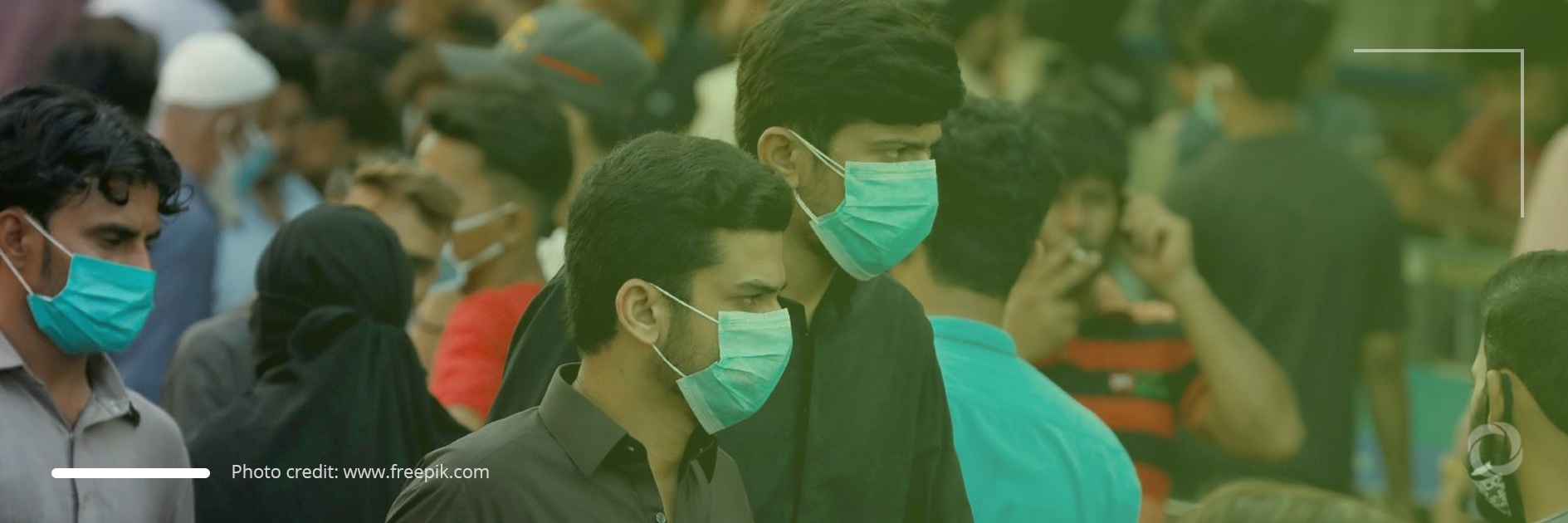The World Bank Group (WBG) has estimated that growth in the South Asia Region (SAR) will increase by 6.8% in the fiscal year 2021/2022 beginning April 2021 which is comparable to the average growth during the previous decade, 2010-2019. However, the WBG has noted that the forecasted growth is subject to the progress of the coronavirus vaccination campaign in the region.
India is expected to see the highest increase in the gross domestic product (GDP) in the region – 8.3% in 2021 – according to the WBG forecast in a flagship report titled Global Economic Prospects released on June 9. Although India’s recovery was and still is hampered by a severe outbreak of the pandemic, the forecast is based on the fact that “strong services activity more than offsets the economic effects of the worsening pandemic”, the report states.
The expected growth in India’s GDP accounts for nine-tenths of the growth in the entire region in 2021 and is the world’s second-largest increase, likely to be exceeded only by China whose GDP is forecast to reach 8.5% according to the WBG report.
The SAR’s growth estimate is 3.6% higher than previously projected which partly reflects stronger than expected momentum since the end of last year.
- In 2022, regional GDP is expected to be 9% lower than projected prior to the pandemic
- Excluding India, regional recovery is expected to be weaker than its historical growth average, with GDP growth at 3.1% in FY 2021/22 and 4.0% in FY 2022/23.
- Debt relief under the Debt Service Suspension Initiative has been extended to December 2021 and will provide additional fiscal space for Afghanistan, Maldives, Nepal, and Pakistan.
- Bhutan and Maldives, economies highly exposed to tourism, experienced larger than expected output declines in 2020.
- Projections for Afghanistan and Bhutan for 2021 have been downgraded by more than 1%.
- In Bangladesh, the recovery is expected to be gradual with a growth of 3.6% in 2020/21, whereas in Sri Lanka, the resurgence of COVID-19 cases, severe fiscal pressure, and depressed tourism are holding back the recovery.
- In the Maldives, with a slowly reviving tourism activity and international arrivals currently 30% below pre-pandemic levels, and in Pakistan, the economy is expected to grow by only 1.3% in 2020/21.
“The outlook in SAR could be weakened if vaccination does not proceed as quickly as possible. Furthermore, the financial sector balance sheets are at risk of deteriorating as policy measures taken at the peak of the pandemic are scaled back, which could hinder the provision of credit and investments required to support the recovery,” the report warned.
All eight SAR countries – Afghanistan, Bangladesh, Bhutan, India, Maldives, Nepal, Pakistan, and Sri Lanka – participate in the UN-led COVAX vaccine supply initiative. Vaccination is of utmost importance now that COVID-19 cases have surged in SAR with peaks in new confirmed daily cases this year higher than anything seen before in three-quarters of the economies, the WBG observed. The situation is most serious in India where the number of daily deaths and cases is higher than in any other country in the region.

